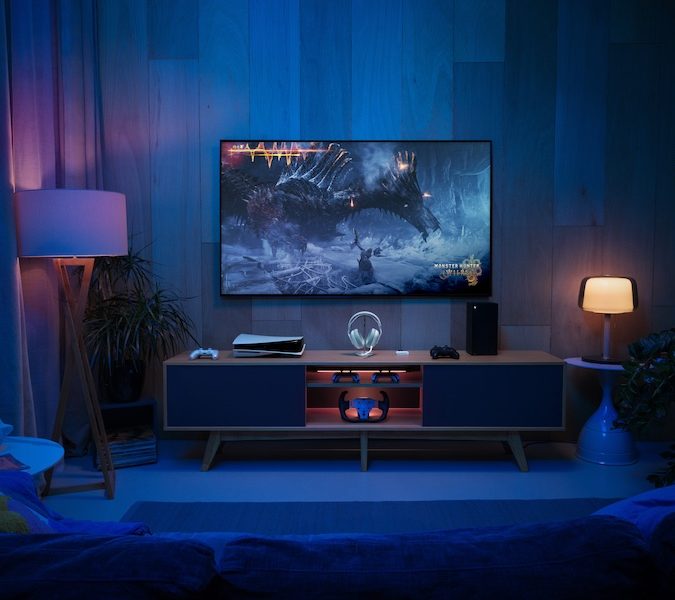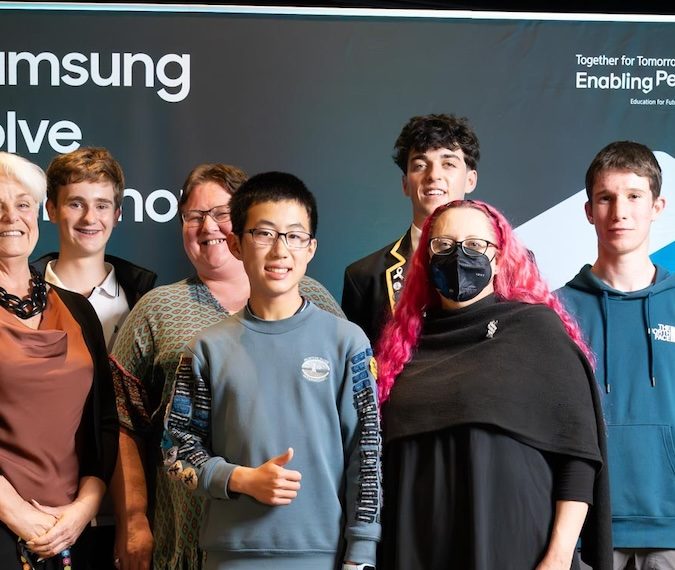The rise of the digital classroom: why education technology is the next big thing in Kiwi innovation

With a $100 billion and growing market globally and a wealth of Kiwi innovators eager to fill the space, 2015 is truly the year education technology comes into its own. And with the growth of the mobile learning market and the proliferation of BYOD in schools, there are more trends developing in the digital learning space than you can shake an iPad at.
New Zealand is already making great headway on the world stage as a leader in education technology development. Companies like CodeAvengers (which was recently cited by Huffington Post as one of its top online learning sites to watch in 2015), online tutoring portal Education Perfect, experiential ebook developer Kiwa Digital, and Hapara, a teacher dashboard created in collaboration with Auckland teachers and now exported to 30 countries, shows that Kiwi developers have already identified a lucrative potential market and are making hay while the sun shines.
That emergence is being heralded this week with the EdTech conference, a gathering which will see global investors, industry analysts and local success stories gather at Te Papa to make connections, gather inspiration and, hopefully, prime themselves to take a slice of an industry forecast to grow to $345 billion by 2019.
Frank Catalano, a Seattle-based digital learning tech consultant and analyst who has worked with start-ups and global firms such as Pearson and Apple is one of the keynote speakers at the event, so Idealog spoke with him to get a US view on this most lucrative of trends and to find out just what the potential of the blossoming education technology industry is.
Idealog: Education technology is one of the world’s fastest growing sectors in education with researchers forecasting expenditure to reach USD$220 billion by 2017. What’s driving it?
Frank Catalano: Several factors, and they vary globally, but two factors they have in common are that digital tools in learning promise more reach and flexibility than paper textbooks and tests. The first is reach, in that digital instructional materials are easier to rapidly update and remotely distribute to all teachers and students and, secondly, flexibility, in that digital resources can be more easily combined, customized, and adapted to individual students’ needs, and information from any tests can quickly be used by teachers to adjust instruction.
It’s this promise—coupled with dramatically lower costs for computing devices and web services than a decade ago—that is spurring a lot of interest and investment in education technology. As a matter of fact, it’s been such a rapid uptake, the industry itself can’t agree on whether “education technology” should be abbreviated as “edtech”, “EdTech”, “edutech”, or “teched”. Personally, I favour “edtech”.
I: We live in the age of smartphones, tablets and other mobile devices, with young people at the forefront of much of the uptake. As these devices make their way into schools, what do you see as the potential for these new technologies?
FC: Digital has given individual teachers the power to create their own educational materials that can be widely distributed and used by others. That kind of grassroots development—enabled by commercial tools and websites—is leading to all sorts of creative instruction.
Perhaps the most well-known example of this is the Khan Academy, even though Sal Khan is more of an edtech celebrity than a trained teacher. But the idea that individual educators can share how they teach, and what they know works, through digital video, apps, or other means, is potentially quite powerful. That’s part of what’s spurring Open Educational Resources, also known as OER, which are educational materials that are openly licensed that teachers can use for free, then modify and share.
I: ‘Personalised learning’ is a phrase that’s been thrown around for a while, but it’s hard to believe that classrooms, in this country at least, have the resources to offer personalised anything. With classroom sizes continuing to grow, is there potential for new technology to make it easier for teachers to provide some kind of effective replacement to the one-on-one attention students may have received in the past?
Tying together student data on how a learner is doing in subjects to automatically adapt instruction is an area with great potential. This computer-adaptive learning has been tried for decades, but only now is computing power so cheap, and programming algorithms potentially so fine-grained, that it can spread to devices used both at school and at home.
The buzzword frequently used for adaptive instruction is “personalization”, but basically it’s the idea that technology can be leveraged so all students don’t have to learn the same things at the same pace. A challenge here is making sure all gathered data is kept secure and private, but that is starting to be addressed with laws in the US and elsewhere, and the industry has a vested interest to make sure it does what’s best for teachers, learners, and parents if it wants to keep their business.
Idealog: Are teachers and students waiting for new technology to arrive before they adapt to new styles of teaching and learning? Or are they already coming up with new ways of working with the technology that’s already there?
FC: There are also many areas which don’t seem like much by themselves, but in combination will be quite powerful as educators and the students themselves find new ways to leverage them. Much like WiFi hotspots, Facebook, and smartphones individually were interesting, but social media didn’t really take off until people realized they had an always-on, immediate social connection to individuals or large groups in their pockets, across all of their devices. That kind of “aha” moment is just starting in education.
Idealog: You hear a lot of buzzwords around the potential of digital technology and its application for education (‘gamefication’ for example). What are the exciting future trends are emerging in the tech-ed sector?
FC: There are an awful lot of fads that are trying desperately to be seen as trends, and it’s not until the hype dies down that we can see what the actual potential is. MOOCs (Massive Open Online Courses) are a good example. In reality, MOOCS are little different than when, with US public television, once called “educational television”, used to broadcast teachers giving lectures years ago. Putting a digital video lecture on a computer or mobile phone isn’t much of an advance from putting a filmed one over the airwaves to a television set.
However, what’s being discovered about MOOCs is that students are cherry-picking the content in a course to focus on what interests them, and on the smaller portions of what’s being taught they actually want to learn. And some of that monolithic MOOC content can also be used to supplement live, in-person university instruction and doesn’t have to be restricted to a go-through-it-just-one-way MOOC. So MOOCs—which were first pitched as a way to replace higher education—actually are evolving into a useful way to change in-person education and/or let distance learners focus on what fascinates them specifically about a topic.
Another exciting trend is ‘learning games’ with embedded assessment (in other words, advancing through a simulation actually tests mastery of a subject or learning objectives), a much stronger home-school connection (so learning doesn’t have to stop at the classroom walls), and learning through augmented reality (educational overlays on top of real life), though the last is still pretty nascent.
Mobile apps are just a delivery mechanism, not a trend. It would be like saying colour computer monitors were an educational trend in the early 1990s. The delivery mechanism is always changing.
Registrations for the EdTech Conference are now open.




